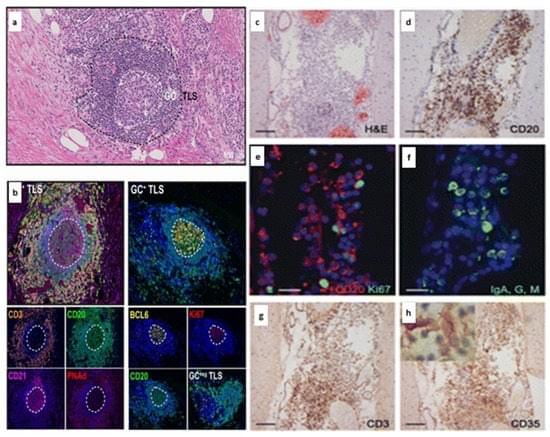📝 — Kee, et al.
This review focuses on compartmentalized inflammation in Multiple sclerosis (MS) and in particular, what we know about meningeal tertiary lymphoid structures which are organised clusters of immune cells, associated with more severe and progressive forms of MS.
Full text is available 👇
Multiple sclerosis (MS) is a chronic, immune-mediated, demyelinating disease of the central nervous system (CNS). The most common form of MS is a relapsing–remitting disease characterised by acute episodes of demyelination associated with the breakdown of the blood–brain barrier (BBB). In the relapsing–remitting phase there is often relative recovery (remission) from relapses characterised clinically by complete or partial resolution of neurological symptoms. In the later and progressive stages of the disease process, accrual of neurological disability occurs in a pathological process independent of acute episodes of demyelination and is accompanied by a trapped or compartmentalised inflammatory response, most notable in the connective tissue spaces of the vasculature and leptomeninges occurring behind an intact BBB.









Leave a reply